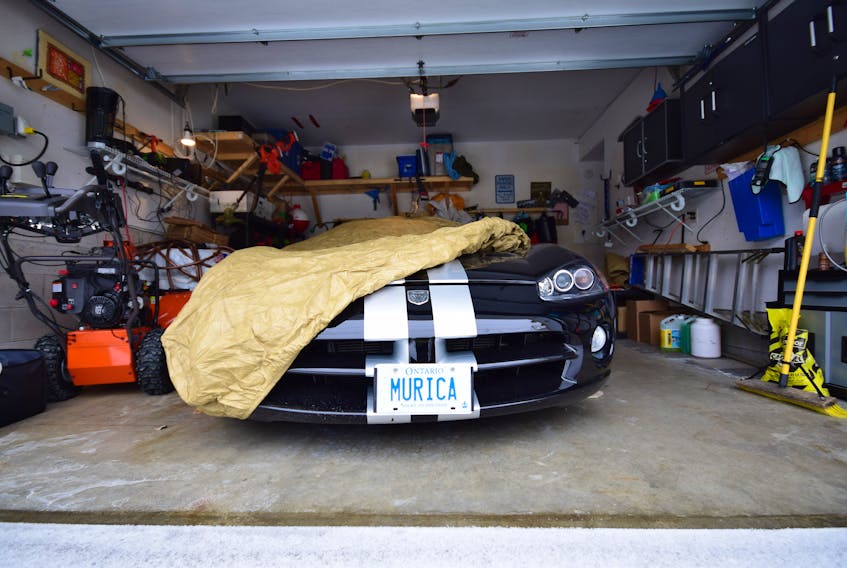Fill the tank? Remove the battery? Pfaff’s John Pera helps guide Justin towards successful wintertime storage.
What’s the right thing to do when it’s time to store your modern seasonal car away for the winter?
I asked John Pera, the central inventory manager of Exotic Cars at Pfaff Automotive Partners. Pera handles all things used-car related for one of the biggest sellers of seasonal cars in the country.
According to Pera, plenty of attention needs to be paid to the battery.
“In general, modern cars require more specific care for long-term storage,” Pera explained.
“First, the batteries in the cars are increasingly more sophisticated and do not respond well to long periods of non use. Second, if the battery does die, the vehicle needs to be "woken," and this can be a production — and may even require attention from a technician, and some reprogramming. And third, low voltage and other faults with the battery can cause issues down the road.”
Regular readers will be familiar with me regularly advising use of a battery trickle-charger during storage, and this is exactly why.
Areas of attention
I asked Pera about using a trickle charger.
“This will vary by brand,” he says. “And the owner’s manual should be consulted but, in general, use the proper battery maintainer approved by the manufacturer. Modern supercars and sports cars all come with very specific instructions on how they should be stored, which can typically be found in the owner’s manual.”
And that’s Pera’s magic-bullet tip: Read the manual. If you’re looking to do all of the right stuff when it’s time for storage, that’s where you’ll find step-by-step instructions.
Pera also advises the driver to pay some attention to their fuel system and suspension, as well as the tires.
“We recommend a full tank of gas, and a fuel stabilizer” Pera says.
Fuel stabilizer works to prevent oxidation possible in your fuel supply, which can, over time, cause problems as water and moisture build up within the system.
Adding fuel stabilizer and allowing it to pump through the fuel system and engine stops that oxidation from taking place, though Pera notes that it takes two years or more before you have to start worrying about fuel going “bad.”
“Over a single season? No,” he says
Pera offered some additional advice relating to tire care.
“We generally recommend over-inflating the tires by an additional 10-15 PSI. If it is possible to lift the car off the ground, over-inflation is not necessary, and pressure is relieved from the suspension as well. Some owners will park on mats or Styrofoam pads to achieve the same goal as over-inflating the tires or raising the car.”
Some final recommendations include storing your car after a good wash, and under a car cover, to protect its paint. Keeping your garage clean of food waste and pet feed, and using mothballs near the car, can help pests away, too.
RELATED:









